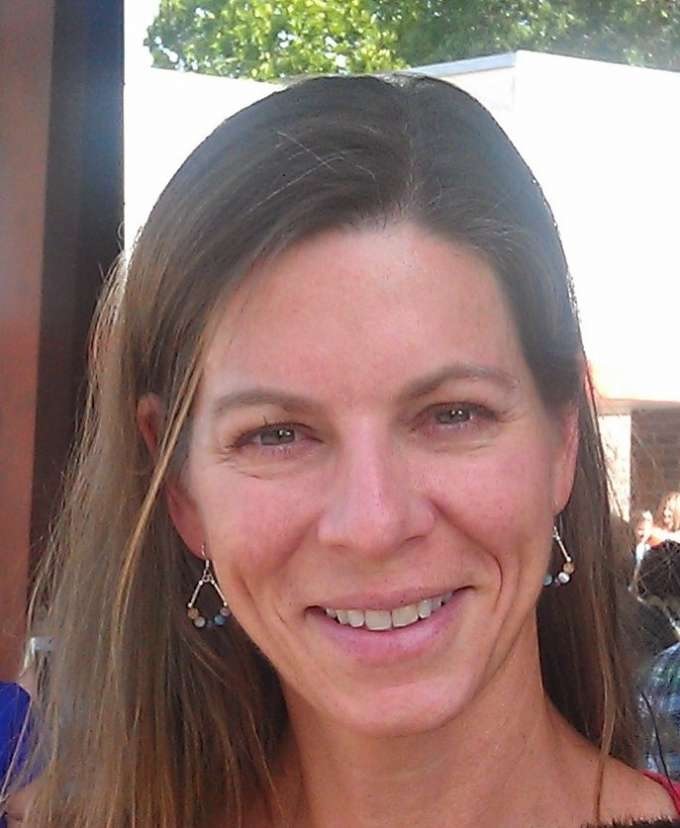
One of the reasons I love living in Florida is that I can garden and take walks outside year-round. There are many other states whose residents can benefit from nature and sunshine year-round; in fact, it’s been reported that only 1% of those living in Florida suffer from seasonal affective disorder while almost 10% of those in New Hampshire suffer from it. Statistics on seasonal affective disorder reveal that the amount of cases reported is much higher in the northern hemisphere. The more north, the more common the disorder is, most likely as a result of the progressively shorter winter days.
What is seasonal affective disorder (SAD)? People with SAD develop symptoms of depression in the winter months when there is less daylight. Symptoms include difficulty concentrating, low energy, fatigue, loss of interest in daily activities, moodiness, and sleeping excessive amounts. Six out of every 100 people may experience SAD while another 10-20% may experience a mild form of it. Women seem to experience it more than men – as much as four times more often. SAD commonly shows up after age 20 and usually decreases as adults age, and there appears to be a genetic component as well. Certainly, the length of the day and the amount of sunshine available is the main factor in SAD, but it is compounded by the cold – if it is too cold to spend time outside comfortably than you are much less likely to benefit from any sunshine that exists.
And how does sunshine affect your mood? Mood is influenced by a complex relationship between sunlight, melatonin (the sleep hormone), and serotonin (the hormone associated with wakefulness and elevated mood). As darkness falls, your melatonin levels naturally increase.
And as the morning light emerges, melatonin levels decrease. The levels of serotonin, which is considered a natural antidepressant, increase when you’re exposed to bright light – that’s why moods tend to be more elevated during the summer. The higher the serotonin levels in your bloodstream, the higher your mood and energy levels. Studies have shown that the brain produces more serotonin on sunny days than on darker days. And to add to that, research has found a relationship between sunlight exposure and cognitive function, with lower levels of sunlight associated with impaired cognitive status.
So what’s the solution to the lack of available sunlight? Light therapy is one of the main ways to combat SAD and it is often prescribed for 30 minutes a day. You can buy a special light box to use every day, and if you have severe symptoms of SAD that may be necessary and sometimes in combination with antidepressants. But if your symptoms are mild then you might greatly benefit from regular visits to a facility like a botanical greenhouse or atrium space.
And if that doesn’t convince you, consider this: a Columbia University study found that high-flow negative ions had positive effects on mood. Where do you find such ions? Forests, the shore, and humid environments like greenhouses. Perhaps that’s another reason that SAD is relatively non-existent in humid Florida.
If you are lucky enough to work at a facility that has a garden or greenhouse space, then you probably don’t find yourself suffering from SAD. In our therapeutic horticulture program we often focus on interaction with plants, soil, and fresh air, but safe exposure to sunlight is important as well. I can’t think of a better place to take my light therapy on a sunny day in the middle of the winter than Wilmot Botanical Gardens, our greenhouse, or another light-filled green space. So, if you are feeling fatigued or a bit blue, come visit us in the gardens! Research tells us, as does experience, that you will feel better.
Elizabeth “Leah” Diehl, RLA, HTM
Lecturer, Dept. of Environmental Horticulture, College of Agricultural and Life Sciences
Director of Therapeutic Horticulture, Wilmot Botanical Gardens, College of Medicine
- Burgemeester, A. (2012). Seasonal affective disorder: Statistics and facts. Retrieved from http://whatispsychology.net/seasonal-affective-disorder-statistics-and-facts/
- Kent, S.T., McClure, L.A., Crosson, W.L., Arnett, D.K., Wadley, V.G., & Sathiakumar, N. (2009). Effect of sunlight exposure on cognitive function among depressed and non-depressed participants: A REGARDS cross-sectional study. Environmental Health, 8, 34.
- Lurie, S.J., Gawinski, B., Pierce, D., & Rousseau, S.J. (2006). Seasonal affective disorder. American Family Physician, 74(9), 1521-1524.
- Mann, D. (2002). Negative ions create positive vibes: There’s something in the air that just may boost your mood — get a whiff of negative ions. Retrieved from http://www.webmd.com/balance/features/negative-ions-create-positive-vibes
- Raison, C. (2012). When it’s more than ‘winter blues.’ Retrieved from http://www.cnn.com/2012/11/28/health/seasonal-affective-disorder-raison/index.html
- Susic, P. (2013). Seasonal affective disorder: What is it exactly? Retrieved from http://psychtreatment.com/seasonal_affective_disorder.htm

